Animals
Both domestic and wild animals are a critical component of ecosystems and our environment. Domesticated animals, such as livestock, provide us with food and fiber, while wild animals support healthy ecosystems.
Get Assistance for Your Conservation Issues
Review common animal problems below and add issues you may be experiencing to My Conservation Concerns List. If you are experiencing other types of problems, continue to build your list by exploring the categories at the bottom of each page.
When you’re done, click Build Your List to finalize your list and get connected with free assistance from our conservation experts.
Note: NRCS is not a regulatory agency. None of your answers will be recorded or reported.
Locate Your USDA Service Center

Service Centers Found for County
Select one or multiple Service Centers.
Issues Meeting Livestock Basic Needs
Feed and forage imbalance
Livestock require five major classes of nutrients: energy, protein, minerals, vitamins, and water. All five are essential for normal health and production.
When the quality or quantity of feed and forage do not meet the nutritional needs of livestock, then production goals can be negatively impacted.
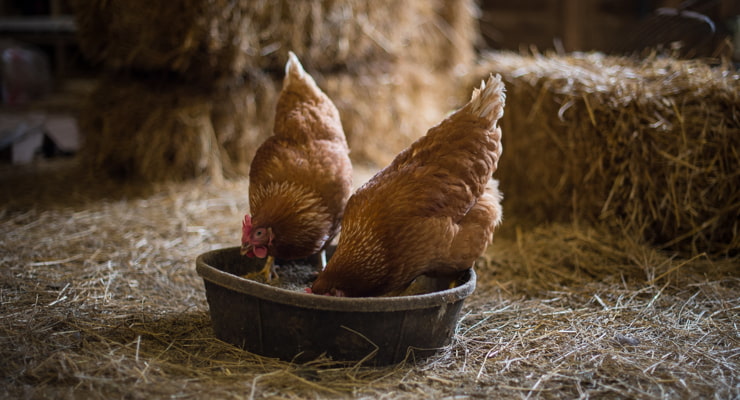
Chickens feeding at Lakota Ranch in Remington, VA
Causes
- Insufficient livestock feed
- Overstocking of livestock
- Inadequate distribution of livestock grazing
- Poor feed quality
- Weed, insect, or disease problems
Possible Solutions
- Prescribed grazing systems
- Adequate water distribution
- Production of high-quality feed and forage
- Forage analysis for nutrient quantity and quality
Resources
Inadequate livestock shelter
If livestock do not have adequate protection from the weather and elements, such as natural vegetation or landscape features, then their health and production goals can be negatively impacted.
During periods of high heat or extreme cold weather, shelter can protect livestock which is beneficial to their health and performance.
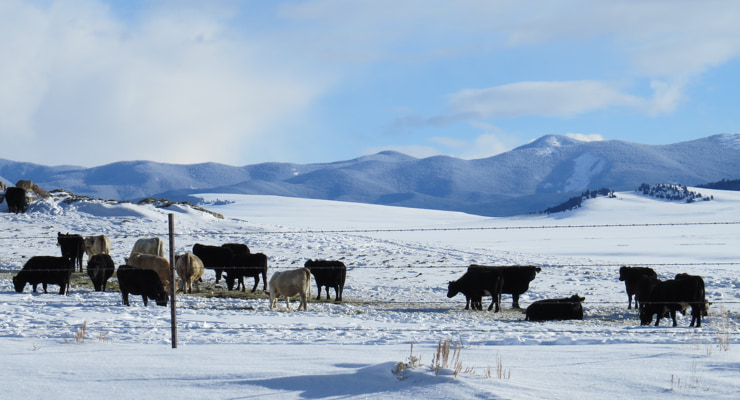
Big Hole Valley, Montana
Causes
- Exposure to extreme wind and cold in system that supports tree growth
- Historical shelterbelt is partially functioning
- Exposure to extreme wind and cold in area where plant options are limited or temporary shelter is preferred
Possible Solutions
- Permanent windbreak establishment using native or naturally occurring plant materials
- Renovate partially existing shelter belt
- Portable season-long fabricated shelter
Resources
Inadequate livestock drinking water
Livestock water requirements are influenced by several factors, including rate of gain, pregnancy, lactation, activity, type of diet, feed intake, and environmental temperature.
When the quality, quantity, and/or distribution of drinking water is limited, livestock health and production can be negatively impacted.
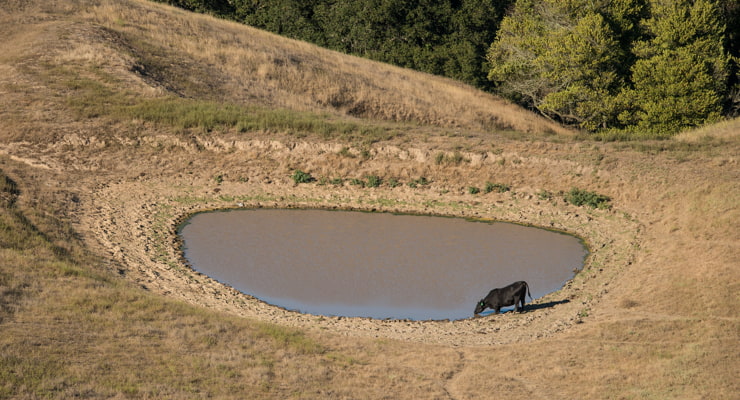
A stock pond is at a critical level for livestock in Concord, California
Causes
- Water availability is limited
- Spring area trampled by livestock
- Livestock in stream or pond creating potential health concerns
Possible Solutions
- Inventory, evaluate, and plan watering system for livestock type
- Develop spring for livestock water and outlet for wet area for native plants and wildlife
- Establish select watering points and construct watering facilities to move livestock away from streams and ponds
Resources
Inadequate Habitat for Fish and Wildlife
Wildlife habitat on land
Habitat destruction poses a great risk to maintaining sustainable populations of wild land animals and organisms. Problems can arise when wildlife lack proper nutrition, water, shelter, space to locate a mate, and areas to rest.
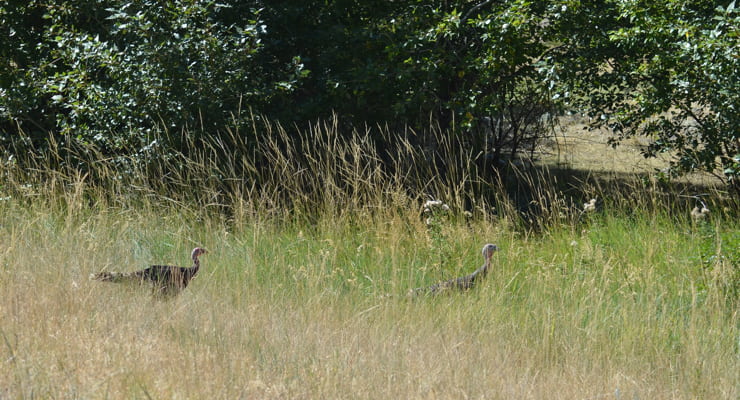
Young turkeys in Montana
Causes
- Insufficient shelter/cover
- Insufficient food
- Insufficient water quantity or quality
- Fragmented habitat
Possible Solutions
- Plantings, nest boxes or platforms, brush piles, rock piles, root wads
- Plantings and/or leave portions of crop fields unharvested
- Creating or restoring wetlands, installing buffers such as hedgerows, windbreaks, and similar plant structures
Resources
Aquatic habitat for wildlife
Habitat destruction poses a great risk to maintaining sustainable populations of wild aquatic animals, such as fish, and other organisms. Problems can arise when fish and other aquatic wildlife lack sufficient food, cover, water, and space. Habitat degradation can occur when there is not enough water to sustain aquatic wildlife, when water quality is insufficient to meet needs, and other causes.
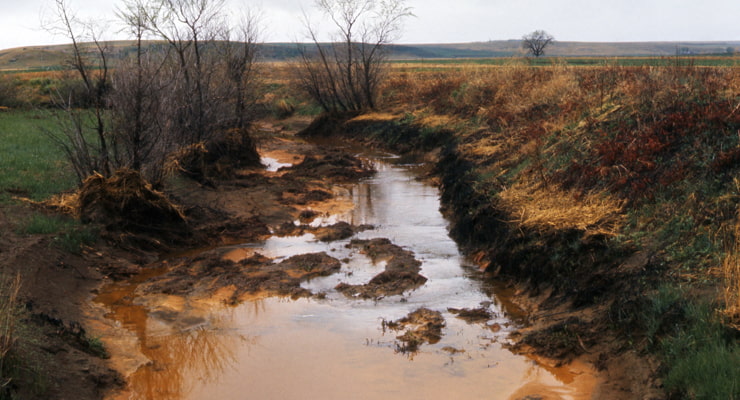
Polluted water at Sand Coulee Watershed, Montana
Causes
- Lack of structure and cover for aquatic organisms
- Insufficient water quality or quantity
- Barriers to movement
Possible Solutions
- Restore and enhance water bodies, instream and floodplain wood placement, re-establishment of native species
- Vegetated or forest buffers, ephemeral water bodies maintained
- Culvert replacement, water withdrawals do not restrict movement of aquatic species
Resources
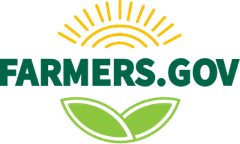

My Conservation Concerns List
The concerns you add will appear below. When you’re done adding issues, click the button below to finalize your list and find your local USDA Service Center.
